SOURCE: IDRW.ORG TEAM
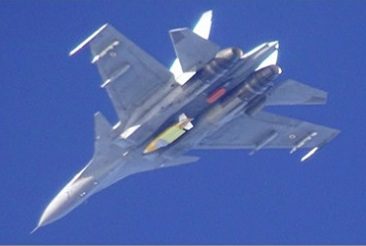
The Armament Research and Development Establishment (ARDE) has initiated an open tender process to select two Design and Development Partners (DcPPs) for the development of a 1000kg General Purpose (GP) bomb. This crucial project aims to enhance the Indian Armed Forces’ capabilities.
Multiple prominent defense and industrial entities have responded to ARDE’s call for proposals, submitting their techno-commercial bids along with the requisite Earnest Money Deposit (EMD) and registration certificates.
Continue readingSOURCE: IDRW.ORG
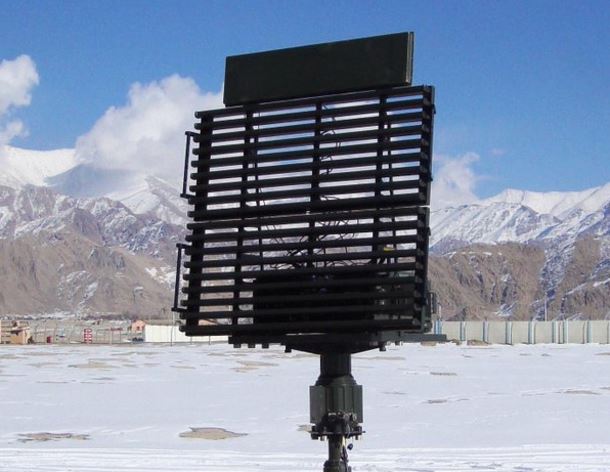
The Ministry of Defence, Government of India, has announced its intention to procure a state-of-the-art, man-portable, and compact Light Weight Passive Detection & Counter Measure System (LWPD-CMS). This advanced system aims to enhance the Indian Army’s capabilities in detecting, classifying, and countering various UAV threats, particularly in light of recent conflicts that have demonstrated the effectiveness of UAVs, UCAVs, loitering munitions, and commercial drones.
The Indian Army plans to integrate between 30 and 50 units of the LWPD-CMS with its existing 3D Tactical Control Radars (TCR) and Low-Level Light Weight Radars (LLLWR) to boost their operational capability and survivability. The Ministry invites companies, firms, and vendors to submit detailed information about their products that meet or exceed the specified parameters.
Continue readingSOURCE: AFI
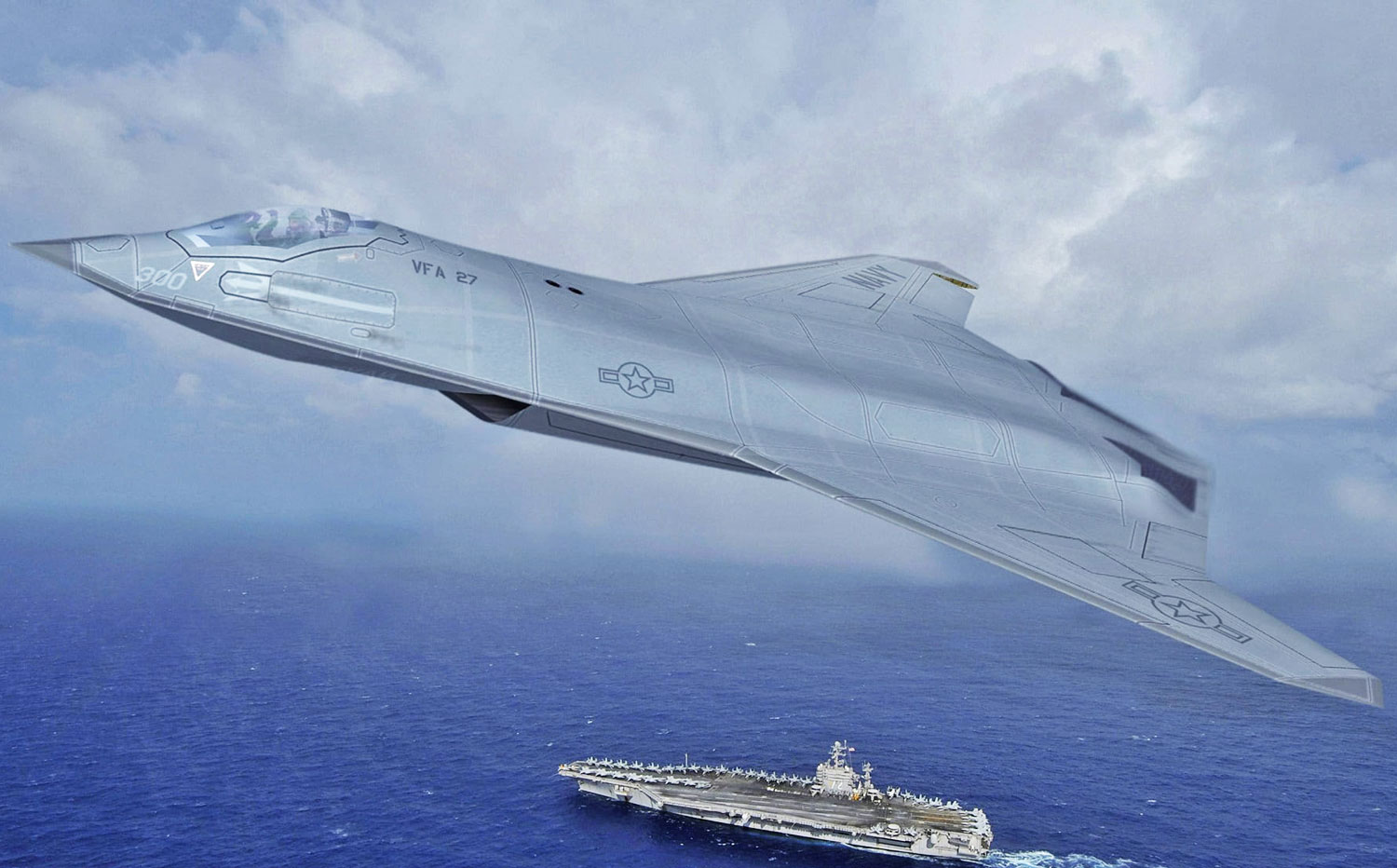
The development of a sixth-generation fighter jet is a complex and resource-intensive endeavor. India, aiming to establish itself as a global aerospace power, is at a crossroads. Should it pursue separate programs for the Indian Air Force (IAF) and the Indian Navy (IN), or consolidate efforts under a single umbrella? This article argues for the Indian Navy taking the lead on this critical project.
The core technologies required for both air and naval platforms share significant overlap. Areas such as stealth, advanced avionics, propulsion systems, and materials science are fundamental to both. By consolidating research and development under the Navy, there is a greater potential for cost-effectiveness and accelerated development.
Continue readingSOURCE: AFI

Airbus is on the cusp of a significant expansion in India, with plans to establish its second assembly line in partnership with Tata Advanced Systems (TASL). The focus of this new facility will be the production of the H125 single-engine helicopter.
As this development unfolds, comparisons between the H125 and the indigenously developed Light Utility Helicopter (LUH), manufactured by Hindustan Aeronautics Limited (HAL), have naturally arisen.
Continue readingSOURCE: AFI

India’s defence sector has reached a significant milestone, recording its highest-ever defence exports of $2.5 billion in the financial year 2023-24 (FY24). This impressive figure represents a 25% increase from the $2 billion recorded in the previous financial year (FY23). The Economic Survey 2023-24, presented by Finance Minister Nirmala Sitharaman in the Lok Sabha, highlighted this achievement, citing data from the Ministry of Defence (MoD).
The Economic Survey revealed that the $2.5 billion figure for FY24 marks an over 12-fold increase compared to FY17, when defence exports were a mere $0.2 billion. This substantial growth underscores India’s evolving role in the global defence market. The country, once the world’s second-largest arms importer between 2015 and 2019, has successfully transitioned to being among the top 25 global defence exporters.
Continue readingSOURCE: AFI

Tata Advanced Systems Limited (TASL) is set to make a significant impact at the upcoming Farnborough International Airshow with the unveiling of its advanced loitering munition, the ALS-50. This indigenously developed vertical take-off and landing (VTOL) unmanned aerial vehicle (UAV) is a testament to India’s growing prowess in the defense sector.
The ALS-50, with its compact design measuring 2.4 meters in length and a 3.8-meter wingspan, is capable of carrying a payload of up to 6 kilograms, including potent anti-personnel and anti-armor warheads such as explosively formed penetrators (EFPs). This lethal combination, coupled with a cruise speed of 100 km/h, an endurance exceeding one hour, and a range of over 50 km, makes the ALS-50 a formidable asset on the modern battlefield.
Continue readingSOURCE: AFI

The Small Industries Development Bank of India (SIDM) has initiated a strategic delegation visit to the Farnborough International Airshow 2024 in collaboration with the UK Defence and Security Exports (UKDSE). The aim of this collaboration is to foster robust partnerships between Indian and British defense industries.
The first day of the visit has yielded promising results, with engaging discussions held with multiple UK-based companies. The agenda encompassed a wide range of topics, including potential collaborations in defense production, exploring technology partnerships, strategizing trade missions, and deliberating on policy frameworks to streamline defense business between the two nations. Additionally, the delegation focused on facilitating both government-to-business (B2G) and business-to-business (B2B) engagements.
Continue readingSOURCE: RAUNAK KUNDE / NEWS BEAT / IDRW.ORG

India’s formidable Sukhoi-30MKI fleet is set for a significant upgrade as the Ministry of Defence is poised to give the final green light to a comprehensive modernization program. This ambitious project aims to equip the aircraft with cutting-edge indigenous systems, dramatically enhancing its combat capabilities.
Key areas slated for improvement include the radar, mission computer, electronic warfare suite, cockpit layout, and weapons systems. The upgrade will see the integration of advanced Indian-made components, marking a significant step towards self-reliance in the defense sector.
Continue readingSOURCE: RAUNAK KUNDE / NEWS BEAT / IDRW.ORG
T80J.jpg)
Ashish Rajvanshi, CEO of Adani Defence & Aerospace, has confirmed the ongoing development and testing phase of the RudraM-II air-to-surface missile. On May 29, 2024, at approximately 1130 hours, the missile underwent a successful flight test from the Su-30 MK-I platform of the Indian Air Force (IAF) off the coast of Odisha. Rajvanshi further revealed that additional drop trials are scheduled over the next six months, with the missile expected to be ready for serial production by mid-2025.
The RudraM-II represents a significant advancement in India’s defense capabilities, being an indigenously-developed missile system designed for air-to-surface operations. The missile is powered by solid propulsion and is intended to neutralize a variety of enemy assets, enhancing the operational flexibility and firepower of the IAF.
Continue readingSOURCE: RAUNAK KUNDE / NEWS BEAT / IDRW.ORG
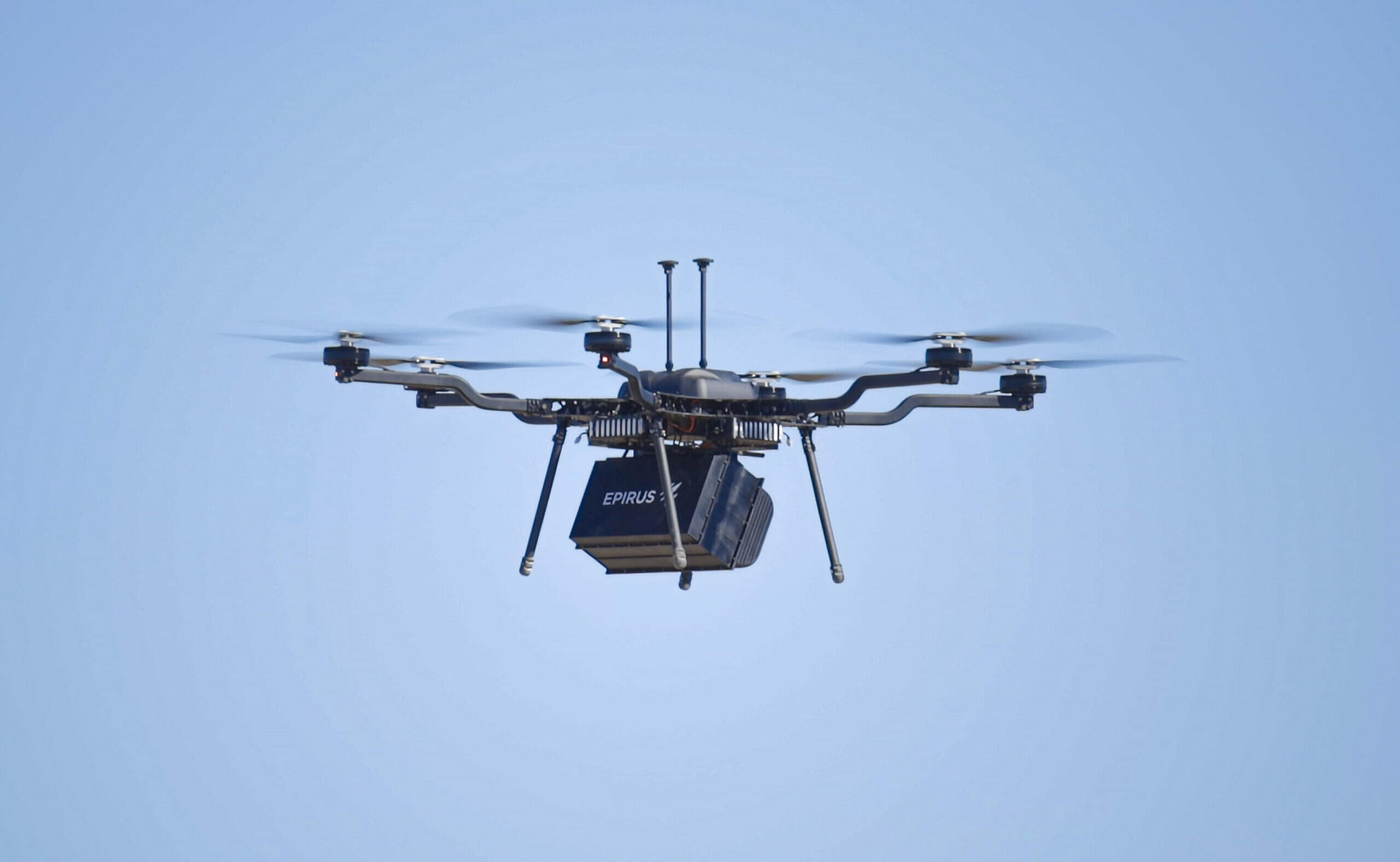
Bharat Electronics Limited (BEL), Hyderabad, is taking a significant leap forward in Electronic Intelligence (ELINT) systems with the development of a drone-based ELINT system. This prototype system marks an important step in bolstering India’s electronic warfare capabilities.
BEL has finalized the system specifications and procured hardware for the ELINT payload for a drone-based system. This initial prototype operates in the 2-18 GHz frequency range. While the current prototype covers a specific range, there’s immense potential for further research and development (R&D) in this domain. The envisioned operational spectrum encompasses a much wider range, from 0.175 GHz to 40 GHz.
Continue readingSOURCE: AFI
India’s Medium Multi-Role Combat Aircraft (MMRCA) procurement saga has taken another twist with American aerospace giant Boeing entering the fray with its F-15EX. This addition makes it the third American fighter jet vying for the deal, joining the rebadged F-16, now known as the F-21, and the F/A-18E/F Super Hornet. The introduction of the F-15EX raises questions about the logic behind Boeing’s decision to offer yet another heavy-category aircraft to India, especially when the Indian Air Force (IAF) already faces challenges in maintaining its existing Su-30MKI fleet.
The F-15EX’s entry comes at a time when the cost of 5th generation fighter jets like the F-35A is decreasing annually. Interestingly, the F-15EX and F-35A now share a similar price tag. However, the F-35 program continues to grapple with production slowdowns and technological issues, prompting the United States Air Force (USAF) to proceed with procuring 144 F-15EX units to complement its F-35 fleet. While the official narrative suggests this move is to bolster their air capabilities, US media reports hint at a more complex picture involving local politics.
Continue readingSOURCE: AFI
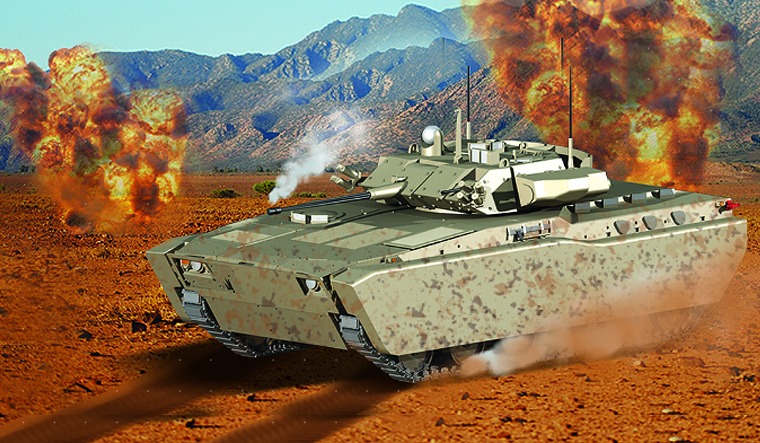
Dr. Samir V. Kamat, Secretary of the Department of Defence Research and Development (DDR&D) and Chairman of the DRDO, has confirmed that the Futuristic Infantry Combat Vehicle (FICV) is on track for user trials later this year. This significant development comes despite the fact that the vehicle has yet to be officially rolled out.
The FICV project gained substantial momentum last year when the Defence Acquisition Council (DAC), chaired by Defence Minister Rajnath Singh, approved its procurement for the Indian Army. The vehicle is intended to replace the aging BMP-1 and BMP-2 infantry combat vehicles currently in service.
Continue readingSOURCE: AFI

QUASAR SDR, a flagship brand of Cyronics Innovation Labs Pvt. Ltd., has achieved a significant milestone with the establishment of the Electro-Magnetic Spectrum Operation (EMSO) lab at the Military College of Telecommunication Engineering (MCTE). This state-of-the-art facility marks a new chapter in indigenous Software Defined Radio (SDR) technology.
A pioneer in SDR hardware and software, QUASAR boasts a team of experts and postgraduates committed to developing cutting-edge solutions. The company prides itself on its complete in-house capabilities, operating without any external technology or intellectual property tie-ups.
Continue readingSOURCE: AFI
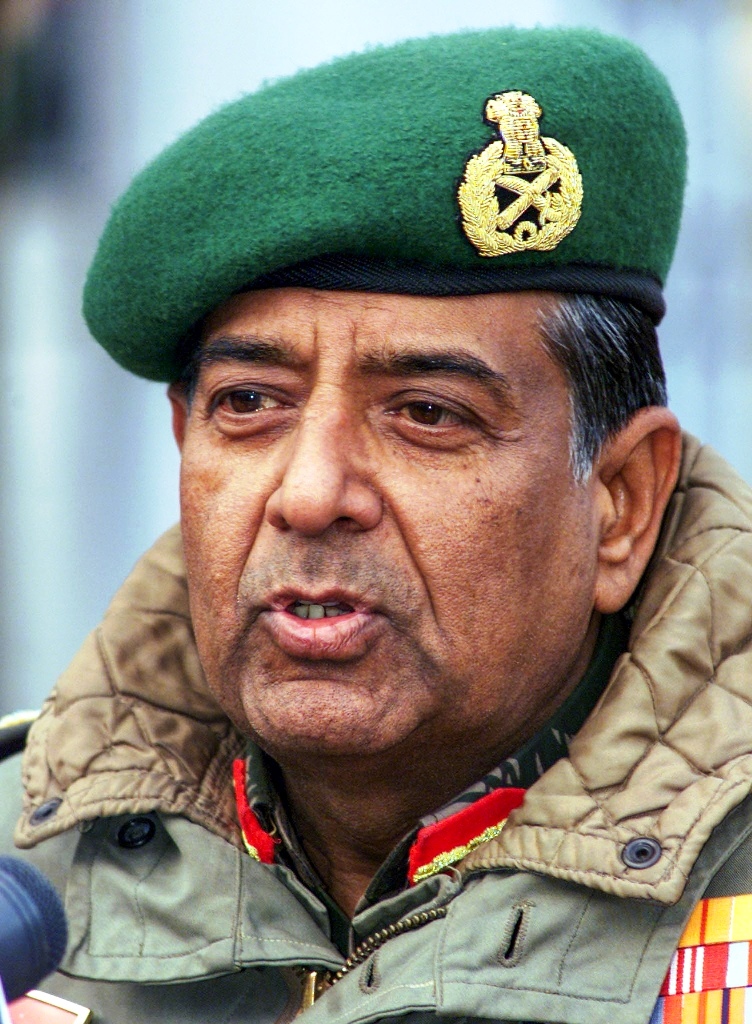
In a forthcoming book, retired Army Chief General NC Vij has leveled serious criticisms at India’s intelligence agencies for their failure to anticipate the 1999 Kargil War. The book, titled “Alone in the Ring,” offers a candid account of the conflict and its aftermath.
General Vij, who served as the Director-General of Military Operations during the Kargil War, asserts that intelligence agencies were gravely mistaken in assessing the situation leading up to the conflict. He highlights two critical failures: the inability to detect Pakistan’s large-scale procurement of winter warfare equipment and the erroneous assessment that a war with Pakistan was unlikely.
Continue readingSOURCE: IDRW.ORG TEAM
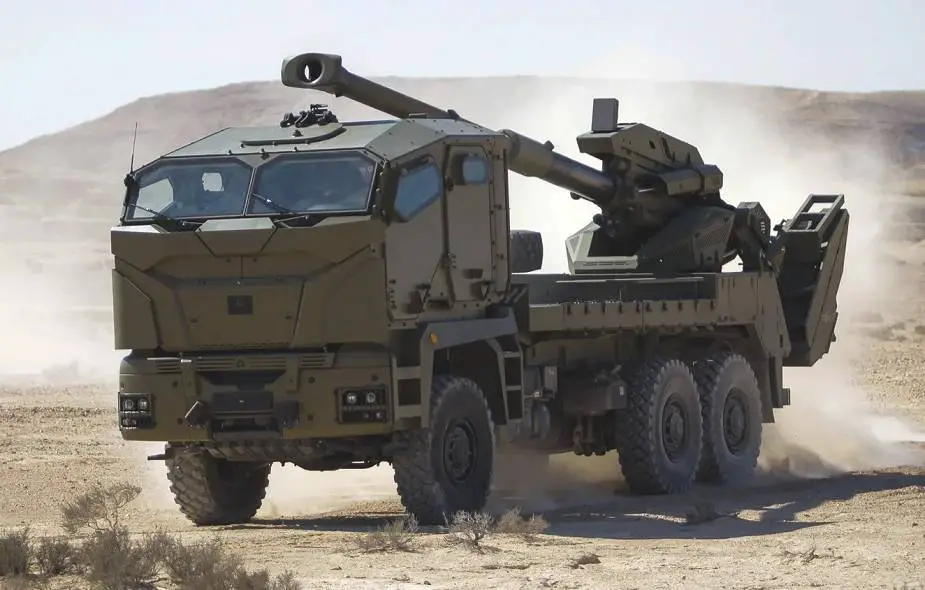
The Indian Army is gearing up for a crucial phase in its modernization drive as the much-anticipated Mounted Gun System (MGS) project moves closer to user trials. After issuing a Request for Proposal (RFP), the Army is currently meticulously evaluating the bids submitted by various domestic defense giants for this substantial order of 814 MGS.
Leading the pack is Kalyani Strategic Systems Limited, which has proposed a 155/52 MGS based on the successful Advanced Towed Artillery Gun System (ATAGS). This indigenously developed platform has already demonstrated its capabilities and is now set to undergo rigorous user trials to prove its mettle in the mounted configuration.
Continue reading